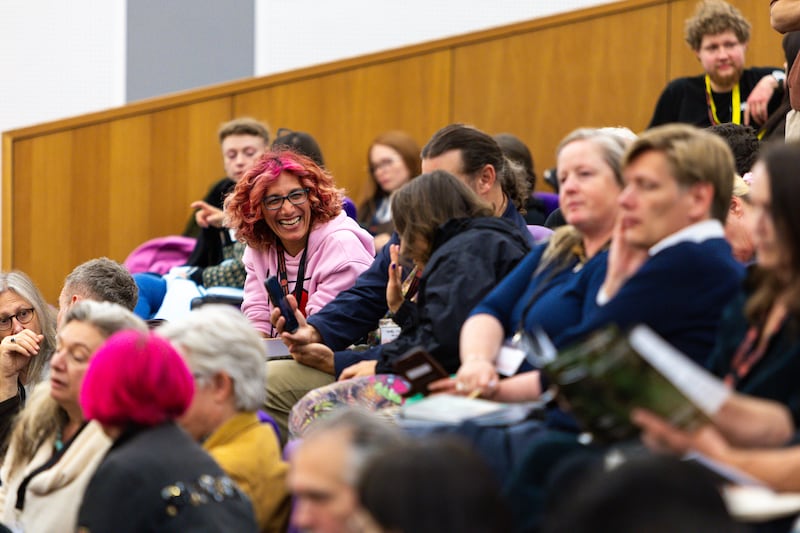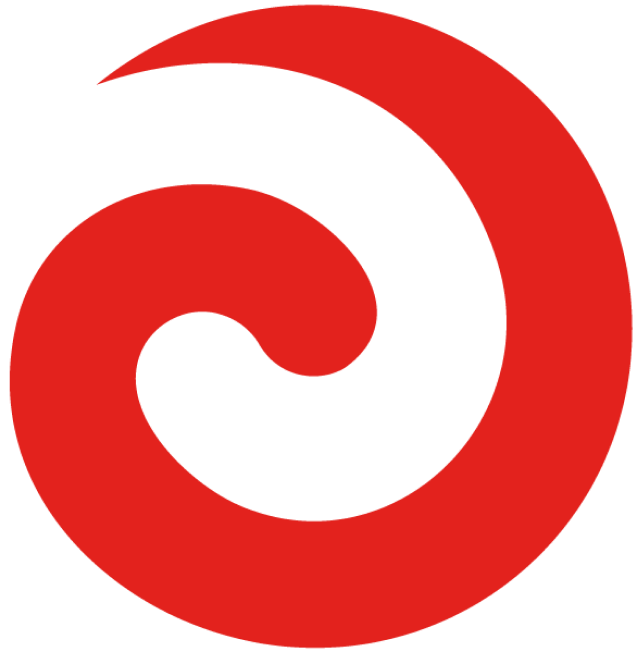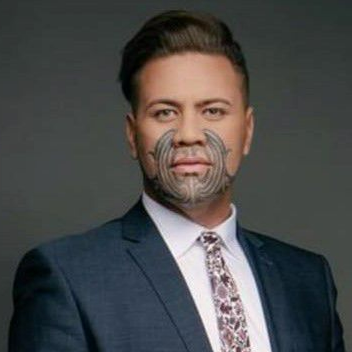Jor’el McQueen travelled to the UK to share mātauranga Māori and its connection to psychedelics with an audience of 500 international delegates at the Breaking Convention conference in Exeter.
“A lot of people just dropped in to themselves, the collective consciousness, the wairua,” he said
The biennial academic event brings together experts from diverse fields, including medicine, psychology, anthropology, sociology, law, politics and the arts. The aim is to explore research related to psychedelic substances.

McQueen said he was honoured to attend and contribute to the wānanga, which investigated some of the big issues.
“Harm reduction to some of the sciences coming through the indigenous knowledge that was brought from places like Namibia, Mexico, Ghana, Africa, all around the ao,” he said.
Drawing on mātauranga gained through Mahi-a-Atua, McQueen said Aotearoa needs to rethink its approach to psychedelics, particularly their potential to support whānau dealing with addiction.
“In Aotearoa, we have a lot of people who are doing the mahi it more in the underground space, due to criminalisation. I would say we’re far behind than the rest of the world”
Psilocybin mushrooms, commonly known as magic mushrooms, are classified as a Class A controlled drug under New Zealand’s Misuse of Drugs Act 1975. This classification makes it illegal to possess, supply, manufacture, or import psilocybin mushrooms.
He rongoā, he marae
In April 2024, Rangiwaho Marae obtained a licence to grow and test indigenous magic mushrooms to treat addiction and mental health issues in Te Tairāwhiti.
Rangiwaho Marae Trustee Kay Robin says the fungi will be used for medicinal purposes and not for recreational use.
“With the Psilocybin [and] psychedelics, they’ve all had similar results. They’ve been good for trauma, depression, anxiety, addictions. It’s really amazing stuff. Any studies on this, they’ve all had similar effects.”
Kura huna kua kitea
Hei tā Jor’el, he kurahuna kua kitea, ā, i tana hokinga atu ki te kāinga, ka whakamahia aua kura huna, hei painga mō ngā whānau e noho taimaha ana i ngā mōreareatanga o ngā mahi tarukino.
I roto i ana mahi i te kāinga, hei tāna, e tino kite ana ia i ngā pānga o te whakawhirinakitanga o ngā iwi ki te taimiri “P” ā, mā ngā rongoā nei e whakatika i ngā mōreareatanga e pā kau ake ana ki ngā iwi o te kāinga.


